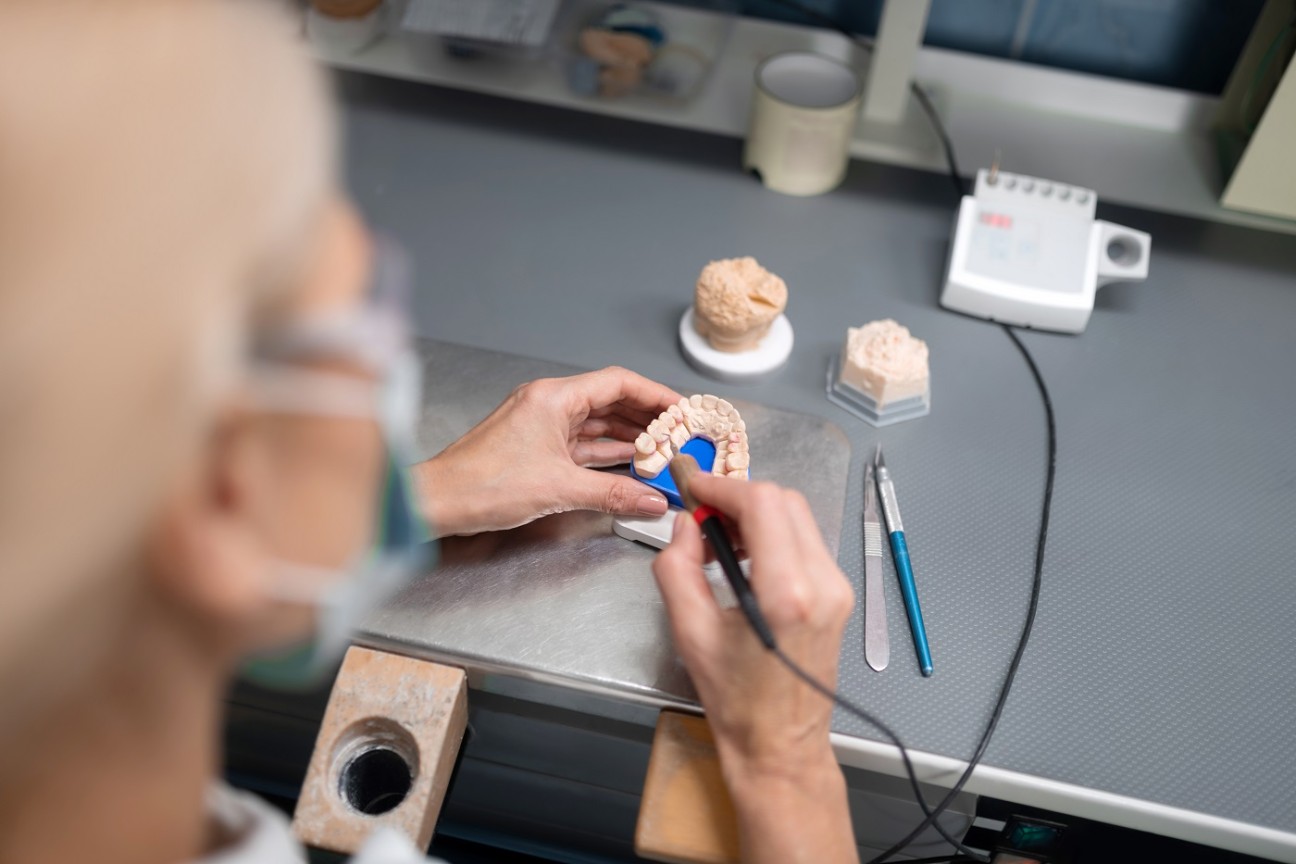Cookies are used on this website.
For detailed information about cookies, you can review the Semboldis Cookie Policy.

Porcelain fillings applied on teeth that have been damaged due to caries, etc. and especially those with root canal treatment are called inlays / onlays. Since normal filling is applied to such teeth, it cannot provide sufficient strength, so there may be easily fractures in the filling and remaining tooth tissue over time. As a result, teeth may have to be extracted and lost. In order to avoid this bad result, the teeth with excessive material loss are measured and porcelain inlays and onlays are made in the laboratory and adhered to the teeth with special adhesive materials. Therefore, the process takes 2 sessions. The difference between the names of inlays and onlays is a conceptual distinction arising from which parts of the tooth the restoration covers.
Porcelain fillings produced by baking in the laboratory are much more durable than normal composite fillings. It has higher resistance to compression-tension forces in the mouth and occurring during chewing. In addition, they have more attachment to the tooth. It is more compatible with the tooth cavity as it is produced according to the model obtained by measuring. Their use is recommended especially for the restoration of teeth with a high level of substance loss.